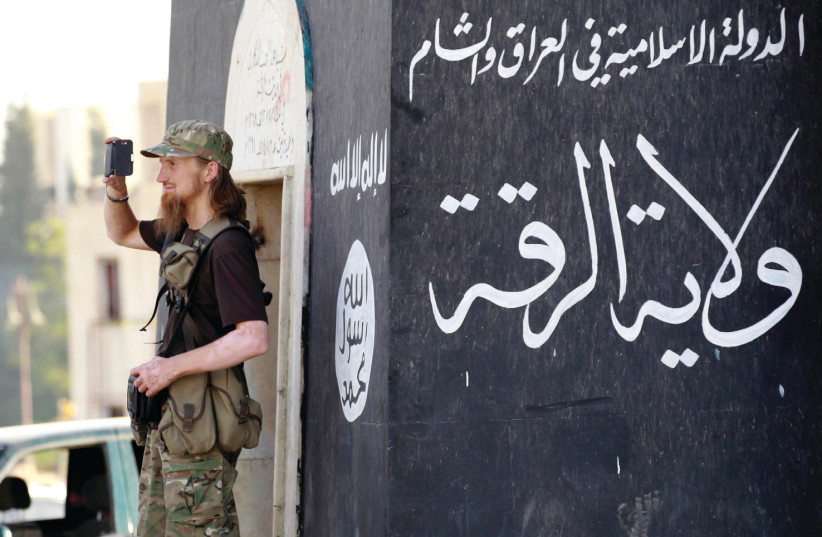Chess Glossary – Today’s 10 Chess Terms (Collection 2)
Today’s collection of 10 Chess Terms are as follows…
#1 Kingside
When looking at the chessboard, you can visualize it in terms of Zones, rather than a mass of 64 squares.
If you imagine the board being split in half, from top to bottom, the Kingside includes all 32 squares on the right-hand side. It’s called the “Kingside” because that’s the half where both player’s Kings start each game of Chess.
For precisely the same reasons, the opposite side of 32 squares is referred to as the Queenside.
#2 Long Diagonal
There are two Long Diagonals on the chessboard and they each run from one respective corner to the other.
Using Algebraic Chess Notation, one of the Long Diagonals runs from a1-h8 (that is, from the square referenced as ‘a1’, diagonally up to the ‘h8’ square). The other Long Diagonal runs from a8-h1.
#3 Middlegame
The majority of chess games can be split into three distinct sections, or phases. After the Opening phase, when the players develop their Pawns and Pieces, comes the Middlegame phase, which is when the main battle takes place. Finally, there’s the Endgame phase, which is the final stage of the game, which leads either to Checkmate (a Win/Loss) or Stalemate (a Draw).
#4 Odds
This refers to a type of chess game between a strong player and a significantly weaker player. The stronger player will be given a handicap of some description – could be less time to complete their moves; or removal of material.… Continue Reading ...












